This Sunday, we wanted to change the theme a little, and look at a subject that concerns us all: fashion .
The textile industry is often cited as the most polluting, and the media has brought out chilling stories about the exploitation of workers in this sector.
So to better understand fast fashion but also to better embrace slow fashion , we decided to interview CametLine , a French, ethical brand . Enjoy reading!
Why is it important to rethink how we consume in the clothing sector?
In 2020, it's important to understand that behind a low price, there's a worker who's suffering. For years, we've been accustomed to rock-bottom prices: €3 for a T-shirt, €5 for pants, €10 for a sweater.
But how can we get such low prices?
By having a workforce for a few cents. It's important to know that by buying French clothing, we pay for employee rights , which include: the 35-hour week, paid vacations, RTT, etc. Conversely, Fast Fashion brands don't respect decent working hours, don't offer their workers vacations or holidays, and of course, pay them below the legal minimum.
Labor plays a decisive role in determining prices. For example, in France, the hourly cost of labor in the private sector is estimated at $35, or €28.70; in China and South Africa, it's $3.60, or €2.95; and in Brazil, it's $2.70, or €2.21.
Source : https://www.china-briefing.com/news/marche-de-lemploi-en-chine-talents-preferences-et-couts-de-la-main-doeuvre/
The calculation of these large industrialists is there: money and profitability prevail over human beings.
How can we not mention the collapse of Rana Plaza 7 years ago? This building in Bangladesh, a textile manufacturing facility for Fast Fashion brands , collapsed, causing the death of more than 1,100 employees. This tragedy contributed in large part to a collective awareness of the need to change the way we produce and buy our clothes . The Fashion Revolution was then organized, with the aim of making the general public aware of: how, where, and under what conditions are clothes made?
But why did such a building collapse? The premises are often unsanitary, built hastily, with little money, and could collapse at any moment.
Unfortunately, human disasters do not stop there.
Cotton cultivation is monitored by the government, which encourages the use of these pesticides and forces all men to work during the harvest under the threat of losing their current job (teacher, doctor, etc.) or not obtaining their degrees (students are also recruited). During the harvest, they are of course under military surveillance and sleep in tents, with only one blanket and without heating.
More recently, the Uighur slavery scandal was exposed on social media by Raphael Glucksmann. This Muslim people located in western China is the victim of cultural genocide by the Chinese government. These tens of thousands of people are employed, or rather, forced to work in numerous sectors, notably for numerous fashion brands such as Zara, Nike, Uniqlo, H&M, Adidas, and many others that have been incriminated.
We also learned on December 15 that 500,000 Uighurs work in conventional cotton fields in Xinjiang for a pittance, well below the legal minimum wage. Xinjiang produces 85% of China's cotton (20% of the world's). However, mechanization of the harvest is progressing slowly, and the use of forced labor remains the most common practice.
Worldwide, anyone who wears a garment or accessory that contains cotton fiber produced in China must consider the high probability of being a beneficiary of Uyghur forced labor.
Sources : Ouest France
BFMTV
The planet is also suffering from the textile industry , which is the second most polluting industry in the world. Do you know the consequences of this industry, such as the disappearance of the Aral Sea, the pollution of hundreds of waterways due to textile dyes, the 7th continent?
What is the 7th continent? It's actually gigantic piles of plastic debris floating adrift in our oceans. Recently discovered, one of the main sources of this marine pollution is the washing of our clothes. Several studies show that washing clothes made of synthetic fibers (polyester, nylon, or acrylic) can release up to 700,000 microplastic fibers . In total, half a million tons of plastic end up in the oceans each year.
It is for all these reasons that by creating Cam&line, we want to offer fashion that respects human rights and the environment.
We believe this thinking about clothing is applicable to our everyday purchases. Where does the food I buy come from? What are my beauty products made of? Today, it is possible to know all this information and choose what to buy .
What does “ethical fashion” mean?
Ethical fashion is fashion that respects workers' rights and the environment. For us, ethical fashion means ensuring that the fashion industry is no longer the second most polluting industry in the world. It means opposing the fast-fashion model.
The consequences of the fashion industry as it is today are numerous, we have mentioned some of them in the question above, but to be brief, for us, ethical fashion is anything but what generates these unfortunate human, social and ecological consequences.
It means producing in small quantities, avoiding having too much stock. Not destroying unsold items, but adding value to them. Avoiding middlemen, offering clothing at the right price all year round . Sourcing raw materials while being aware of the issues behind them and making the fairest choices without inflating your margins to offer clothing at a "fair price".
How can we, as a brand, reduce our carbon footprint throughout the entire production chain?
We must be vigilant and cautious every day. That is, we must consider the impact of each of our actions. For example: How can we send our packages to our customers responsibly ?At Cam&line, we send our orders in a compostable envelope. There is no unnecessary packaging in our parcels, and we have chosen the postal services because they are increasingly committed to reducing their CO2 emissions.
We choose raw materials (fabrics, lace and haberdashery accessories) that come from France and Europe to limit transport, and therefore CO2 emissions.
Our manufacturing workshop is French and offers many advantages, such as proximity. We can quickly inspect our production and have control over it to make changes to the models. Our exchanges are simplified, and we can receive our production more quickly. There is no transit time of more than a month by boat or air transport of our merchandise.
We choose to support the local economy and French know-how.
Today, what obstacles do we encounter as consumers when it comes to finding ethical and quality items?
The first obstacle as a consumer is obviously the price.
However, if we start to change our consumption habits , we can quickly realize that buying ethical clothing is often more profitable . To do this, we also need to know the difference between the use price and the purchase price.
The purchase price is the price at which you buy a piece of clothing. For example, with a €15 t-shirt from fast fashion, you'll wear it five times before it wears out or you get tired of it. Its usage price will therefore be €3 (€15 purchase / 5 times worn).
Whereas with an ethical t-shirt at €45 that you will wear at least 20 times (since its quality is better) your usage price will be €2.25 (€45 purchase / 20 times worn). The usage price tells you the value of your initial investment, with a quality ethical t-shirt, the usage price is ultimately cheaper than the t-shirt from Fast Fashion.
The second obstacle, in our opinion, is the lack of visibility of ethical brands . It can be difficult to find ethical fashion brands that you like. Not that they aren't present on the market. But their advertising budget is lower compared to fast fashion brands that have been established for years.
The third obstacle is a lack of vigilance or information ; we can quickly be fooled by the marketing discourse of brands. Indeed, many existing brands are gradually moving towards an eco-responsible approach to retain their customers while remaining in line with current trends.
Sales pitches can often mislead consumers. They engage in what's known as " Greenwashing ." Their message leads consumers to believe that the brand's approach is "cleaner" than the reality.
Globetrotting blogger Céline, aka @Iznowgood_ , deciphers brands and their eco-responsible positioning for you in her very clear and accessible YouTube videos .
To succeed in consuming responsibly , you need to be an informed public and know the different names of fabrics, the labels which guarantee respect for human rights and the planet.
Here is a list of the main labels:
GOTS : Guarantees the organic status of the textile fibers used, and ensures that, from the production of raw materials to the production of the finished article, the production processes are socially responsible and environmentally friendly.Fair Wear Foundation : This is a multi-stakeholder organization that works to monitor and improve working conditions in the textile industry. It works collaboratively with companies to improve and ensure decent working conditions.
Oekotex: This is an international system for testing and certifying harmful substances in textiles. It certifies the non-toxicity of textiles and dyes, thus avoiding harmful substances.
How would you describe Cam&line? What are your pillars?
We wanted to create Cam&line with the following values:
- Transparency
- Respect
- Solidarity
- Inclusivity
We are committed to being transparent about our manufacturing methods, our prices, our fabric choices, the manufacturing process, and also when we need to communicate with our community, both on our website and our social networks.
Respect, the pillar of our brand. At Cam&line, we respect the environment and our workers . It is also by being transparent and honest that we respect our "consumer-actors."
More than ever, solidarity and sisterhood are at the heart of our concerns. We want to convey positive and caring messages to our community. We value self-acceptance and want to break the codes of beauty as it has always been instilled in us (tall and slim woman). Solidarity also because we want Cam&line to be seen as an inclusive brand .
Inclusivity is a broad topic that doesn't just concern clothing sizes . We believe it includes age, interests, ethnicity, and more. It's important for us to represent every woman, and we're working toward a diverse representation of women's bodies in 2021.
What are your commitments?
If you've stuck around and read all of our responses above, you'll understand that we've been involved in multiple ways across multiple areas.
We are committed to a cleaner, more conscious and responsible fashion industry.
We are committed to respecting workers' rights and social standards.
We are committed to inclusivity and representation of all women.
We are committed to solidarity and sisterhood.
We are committed to offering you responsible clothing at a fair price all year round .
What are your plans for 2021?
For summer 2021, we've chosen to release new pieces that will integrate existing collections to create a complete wardrobe where all the pieces can be combined. Our goal is to create an ethical and ideal wardrobe and to be able to combine our pieces as much as possible, just like in your own wardrobe!We would like to organize our next shoot collaboratively and call on our clients and friends so that we can better represent all women (sizes, ages, skin colors, etc.) and so that everyone can project themselves through the photos into our models.
We are also thinking about adding sizes , like 32! This is a size we didn't think about at first, but it seems important to us following customer feedback. Of course, we would like to expand our ranges and offer sizes up to 54 and beyond. We are waiting to sell more of our larger sizes to invest more in this direction.
The year 2021 also rhymes with recruitment , we are looking to surround ourselves with interns to give us a hand in the management of our social networks and the website but also to help us develop and produce our new models . This will allow us to combine our know-how and also pass it on.
Conclusion
The LAO team learned a lot from this article, both about the consequences of fast fashion and how to address them. We can't wait to discover Cam&Line's next collection and their complete wardrobe to match!
You guessed it, we find ourselves in the brand because it is French, sustainable and ethical !
In the meantime, discover their collection !
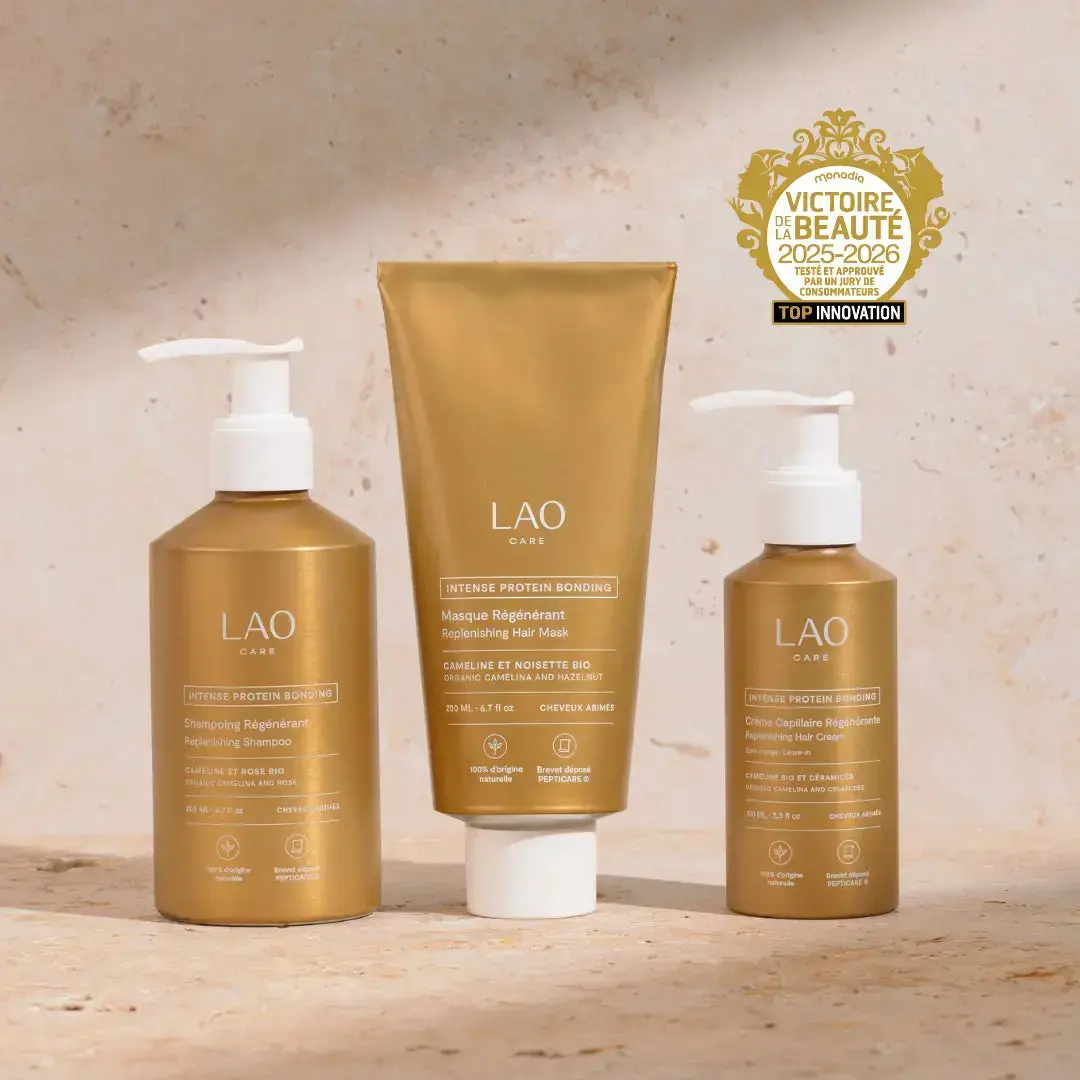
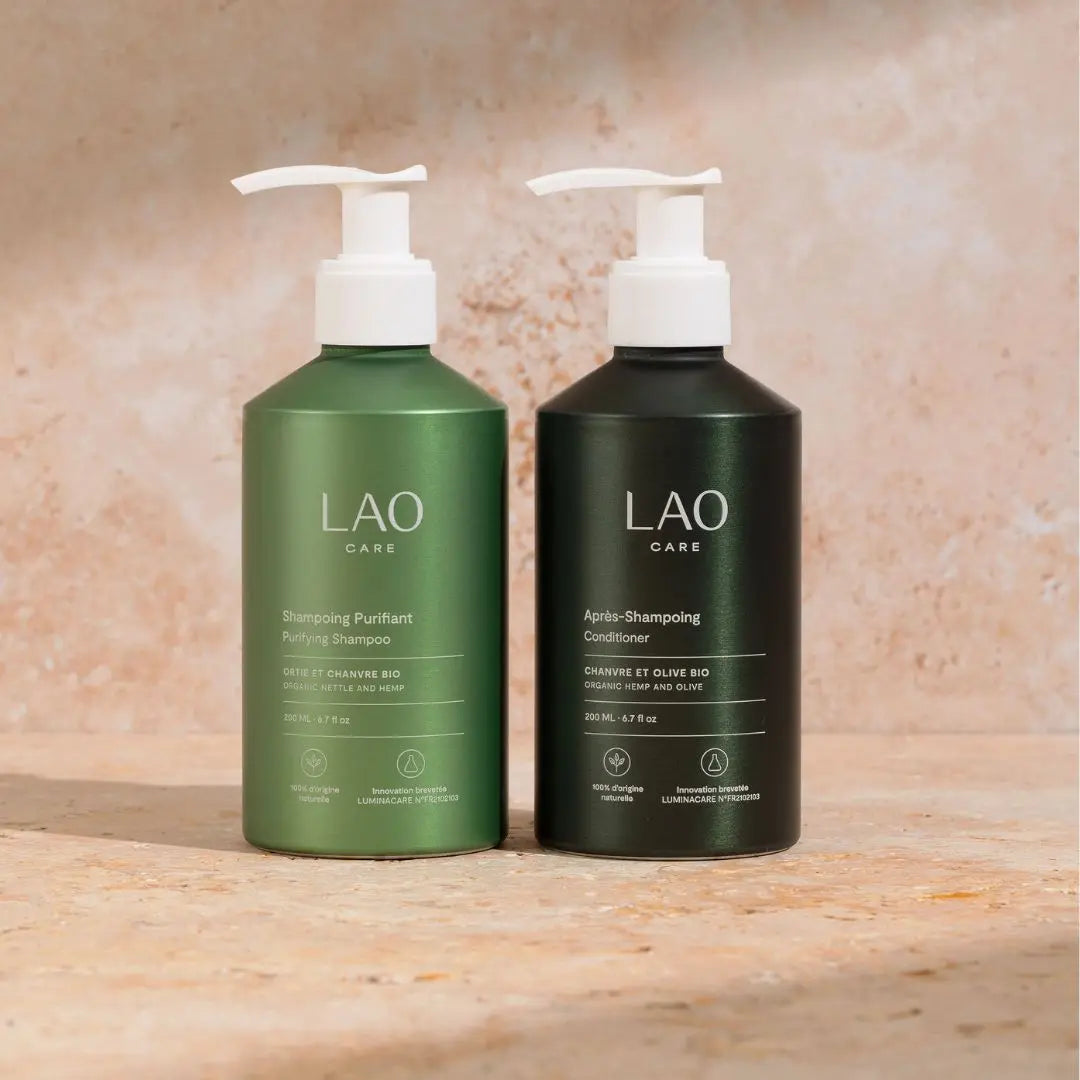
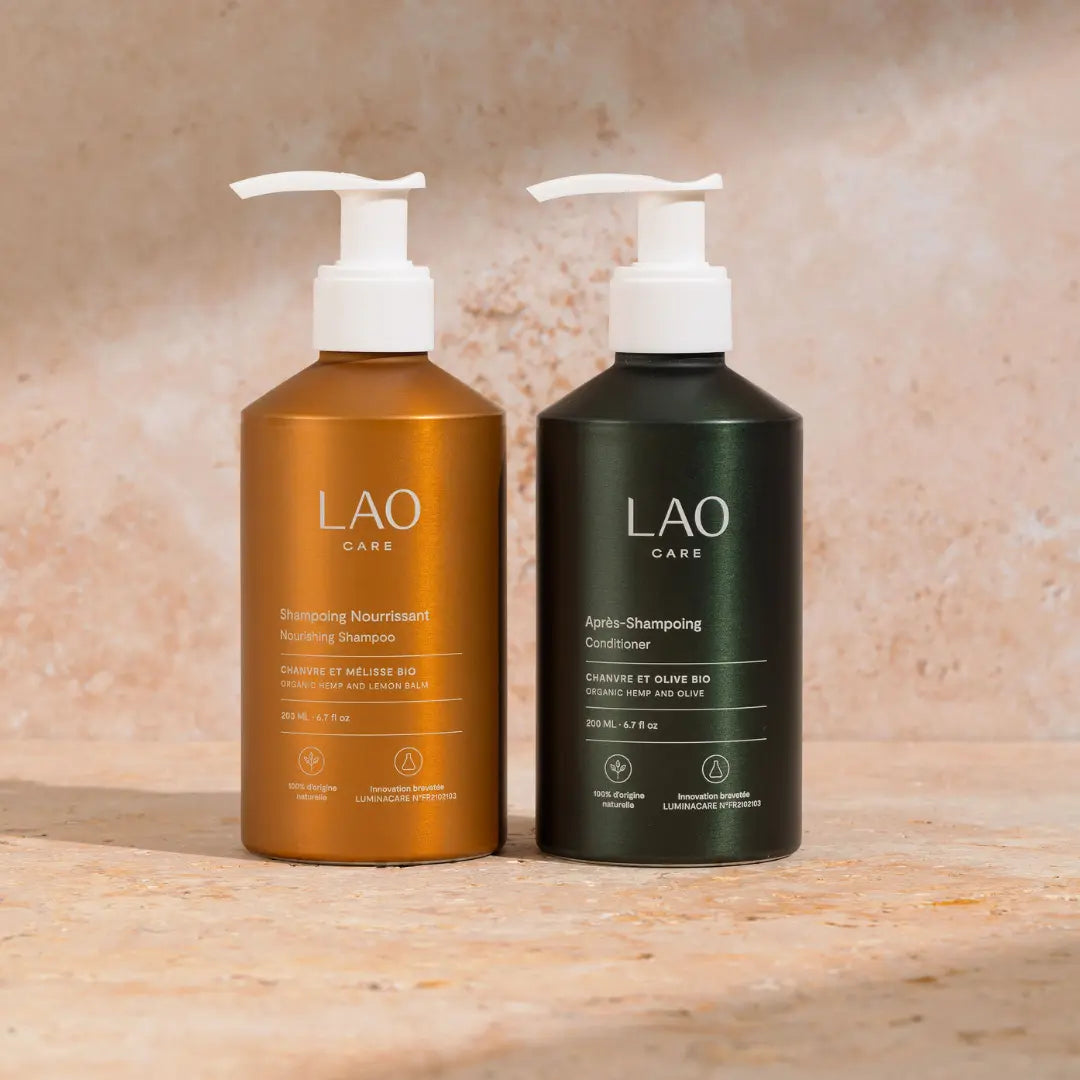
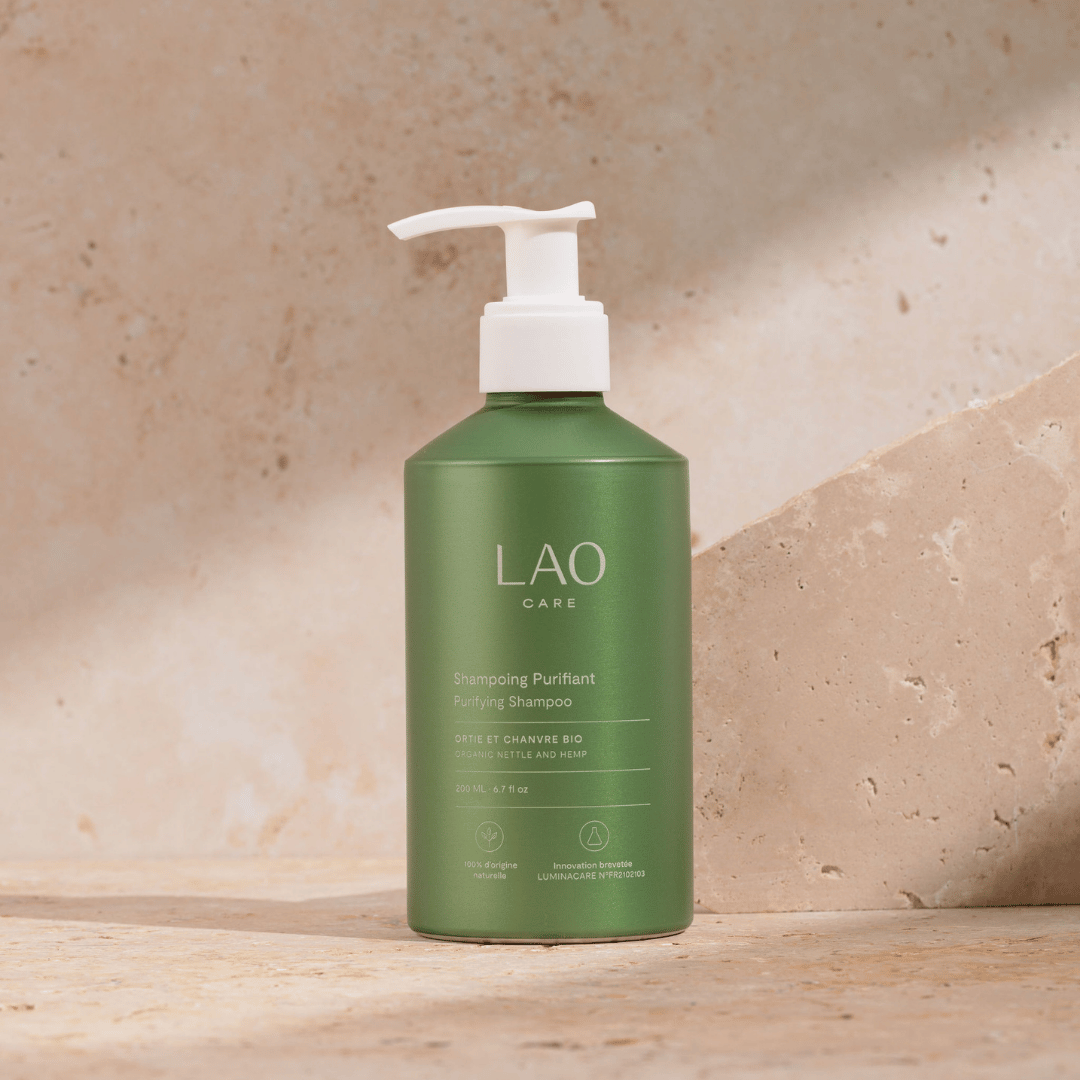
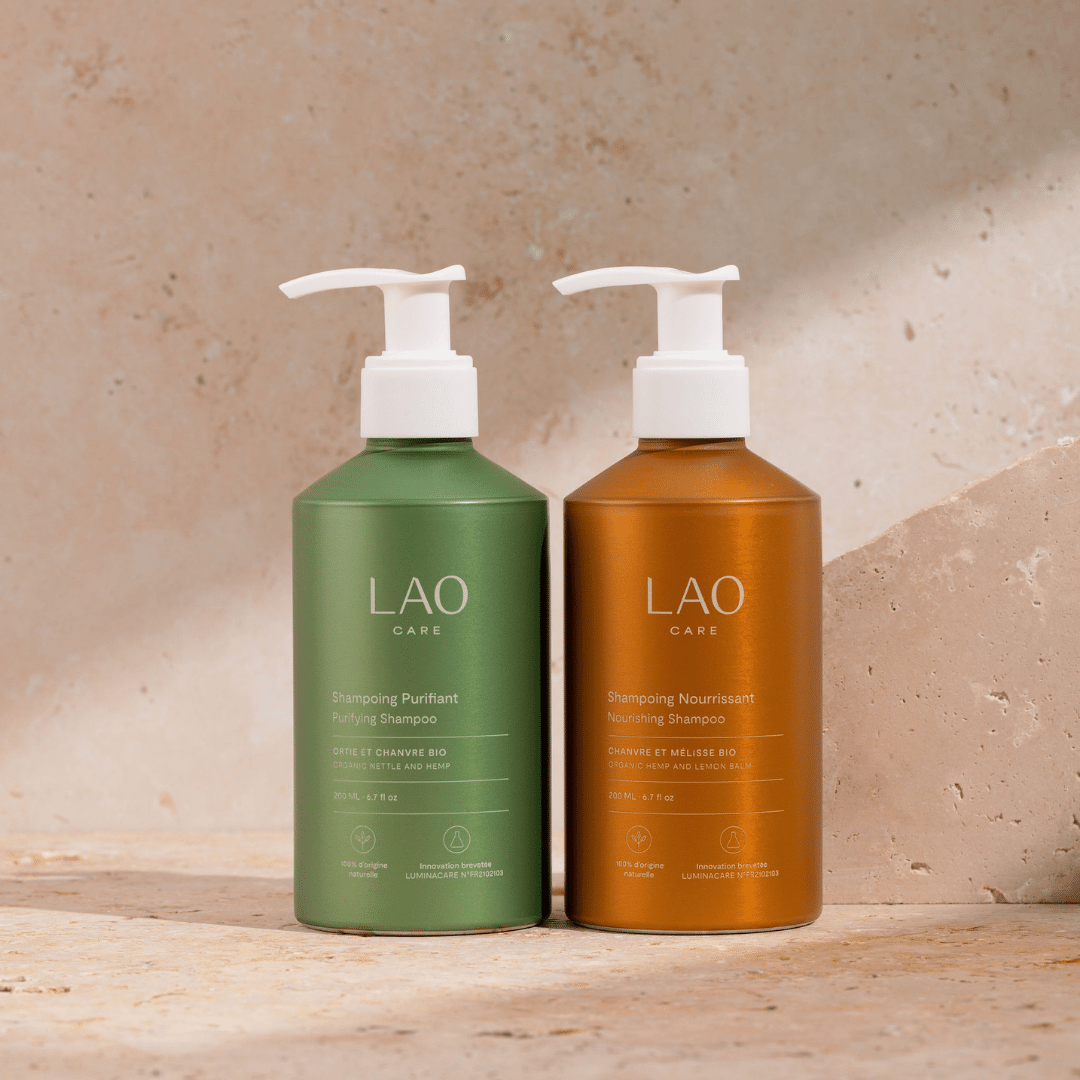
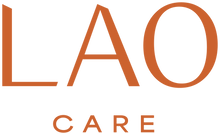
1 comment
Je découvre votre blog à l’instant 😊 Super article qui explique bien pièges pour les clientes et les actions que les marques peuvent mettre en place 🌿
Leave a comment